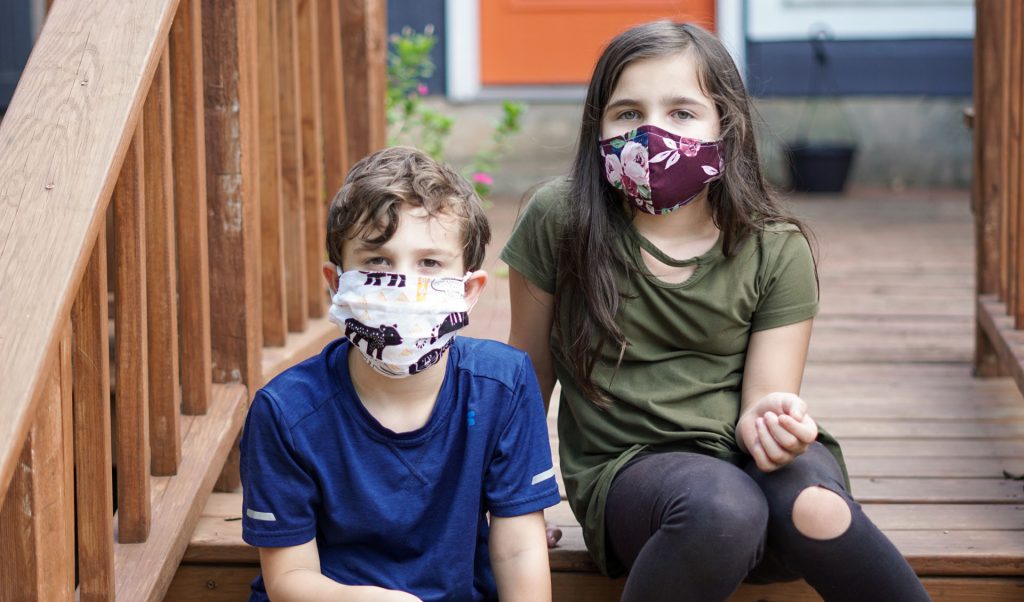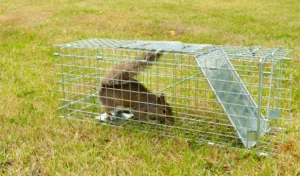Insecticides are indispensable since pest killing and pest control are always necessary. Insecticides play a very important role in agricultural production and people’s daily life. In agriculture, insecticides protect crops from insects, bacteria, and weeds. They help farmers to increase their crop output. It is estimated that without pest killers, we would lose nearly half of the crop output. In daily life, insecticides can kill pests, control its reproduction, reduce the possibility of disease transmission by pests, and maintain the stability of buildings. But all insecticides are toxic to a certain extent. Even low-toxicity insecticides can be dangerous when high amount exposure happens. Therefore, in this blog, we will discuss how to use insecticides in a safe way.
Risks Posed by Insecticides
There is no absolutely risk-free insecticides. Insecticides with no dangerous ingredients will be useless. Any insecticides will affect people and pets to some degree, but the degree varies. By improving our understanding of the insecticides, we can minimize the danger that may arise.
Insecticides are risky in two aspects. One is the toxicity of the product itself, and the other is the exposure of people or pets to them. The toxicity of a insecticides is determined by its composition. The exposure is how much a person or pet is exposed to them. This is what we can control when they are used. Even for low-toxicity insecticides, if we have a great exposure to it, our health may therefore be affected. It is the same as how people take drugs. Moderate drug taking can help cure diseases, while overdose of drug may pose risks.

For Children
Compared with adults, children are more likely to be affected by insecticides. This is related to their physical conditions and behavior habits. Firstly, children’s organs, for instance brain and nervous system, are still developing. If harmful ingredients from insecticides get into the body of a child, his liver or kidney can not process these ingredients as efficiently as an adult do. Secondly, children tend to have a wider range of activities than adults. As a result, they are more easily to be affected if insecticides are being used at home. Also, young children tend to crawl on the ground and often put fingers into their mouths, which makes them more susceptible to insecticides. In addition, children breathe at a higher rate than adults. So, if there is insecticides ingredient present in the air, children will inhale a larger dose of harmful insecticide ingredients.

Safety Measures
Regarding the potential risks of insecticide use, when choosing products, we should consider the most appropriate products according to the location of use and severity of the pest situation. Moreover, we should choose the least toxic products with guaranteed effectiveness. Even for low-toxicity insecticides, we also need to minimize our exposure to them as much as possible.
For children, we should keep them away from the area being treated. If an insecticide is used indoors, before the room is reoccupied, there should be efficient time for the insecticide to get dry and for air ventilation in the room. Also remember to keep insecticides locked or out of reach of children when they are not in use.





